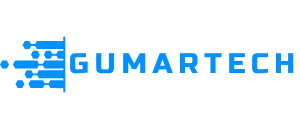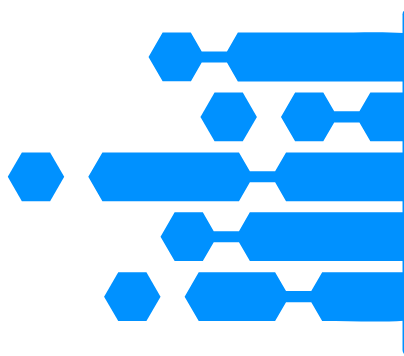Crafting High-Converting Abandoned Cart Sequences for Sales
In the world of e-commerce, one of the biggest pain points is the phenomenon of abandoned carts. Research indicates that nearly 70% of online shoppers leave items in their shopping carts without completing the purchase. This presents a significant opportunity for businesses willing to dive deep into crafting high-converting abandoned cart sequences. By creating strategic email campaigns designed to remind customers about their forgotten items and nudge them towards completing their purchases, businesses can recover lost revenue and foster customer loyalty.
Understanding the Importance of Abandoned Cart Sequences
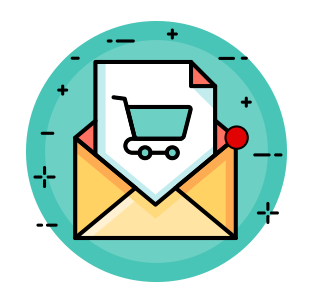
Recognizing the significance of abandoned cart sequences is essential for any e-commerce business aiming to maximize its revenue potential. These sequences are not just reminders; they are well-thought-out strategies that tap into the psychological aspects of consumer behavior while simultaneously enhancing customer relationships.
The Impact of Abandoned Carts on E-commerce Revenue
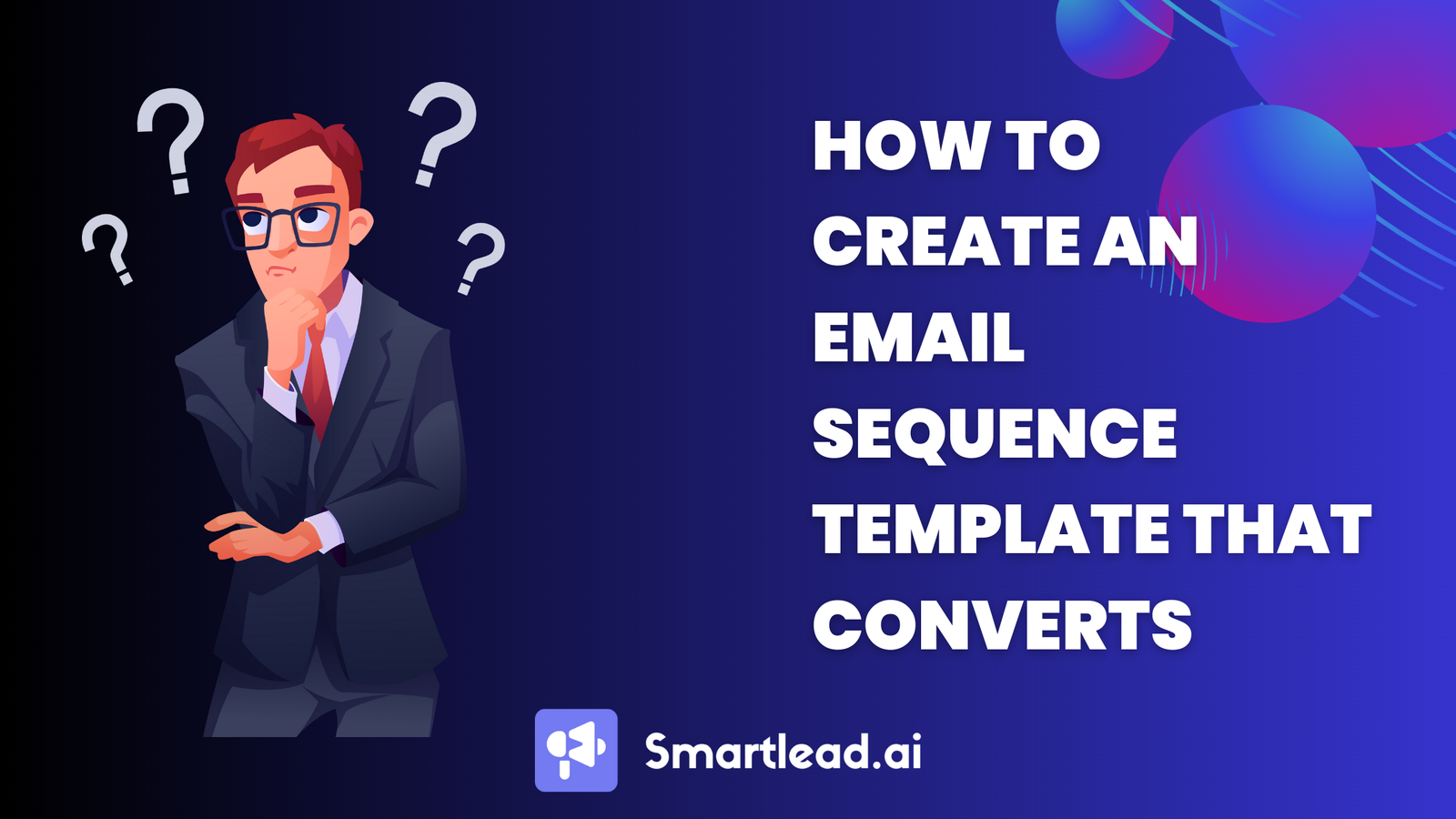
The effect of abandoned carts on e-commerce revenue cannot be overstated. A single instance of cart abandonment translates to lost sales that could have been easily converted with proper follow-up strategies.
Many factors contribute to this high rate of abandonment, unexpected shipping costs, lengthy checkout processes, or simply distraction. Each left item represents not just a missed sale but an opportunity to engage with potential customers. Therefore, investing in an effective abandoned cart sequence can allow businesses to significantly reduce their abandonment rates and recover substantial amounts of revenue.
Additionally, it’s important to note that each recovery email sent after an initial abandonment is not merely a reminder; it also serves to reinforce brand identity and trust. There lies a unique value in building familiarity with your audience through consistent and engaging communication.
Psychological Triggers Behind Cart Abandonment
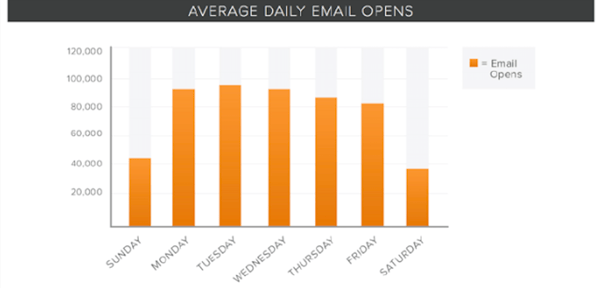
Understanding why customers abandon their carts involves delving into the psychology of shopping behavior. Emotional triggers play a critical role here. Many shoppers may be excited initially, but as they approach the checkout, doubts creep in, be it about the product quality, pricing, or even alternative options available elsewhere.
Moreover, cognitive biases such as the fear of missing out (FOMO) and loss aversion influence purchasing behavior. When customers feel they might miss out on a great deal or experience regret from not making a purchase, they become more susceptible to effective email sequences. Thus, crafting high-converting abandoned cart sequences requires tapping into these psychological levers through thoughtful messaging.
Benefits of Implementing an Effective Sequence
An effective abandoned cart sequence does much more than just recover potentially lost sales; it also fosters customer loyalty and enhances the overall shopping experience.
By understanding the reasons behind cart abandonment, businesses can tailor their email content to address specific concerns or hesitations. This level of personalization helps create an emotional connection with consumers. Furthermore, these sequences provide an excellent platform for testing various marketing strategies and seeing what resonates best with your audience.
Ultimately, implementing a well-structured abandoned cart email sequence comes with myriad benefits, including higher conversion rates, improved customer insights, and stronger engagement, all essential ingredients for long-term success in e-commerce.
Leveraging platforms like GetResponse, businesses can effectively design, automate, and optimize their abandoned cart sequences for maximum impact. GetResponse is an all-in-one email marketing platform designed to streamline your customer communication efforts. It enables businesses to create visually appealing email campaigns, automate workflows, and track performance metrics. With features like A/B testing, pre-designed templates, and segmentation tools, GetResponse is an invaluable asset for crafting abandoned cart email sequences that resonate with your audience and boost conversion rates.
Designing Your Abandoned Cart Email Strategy
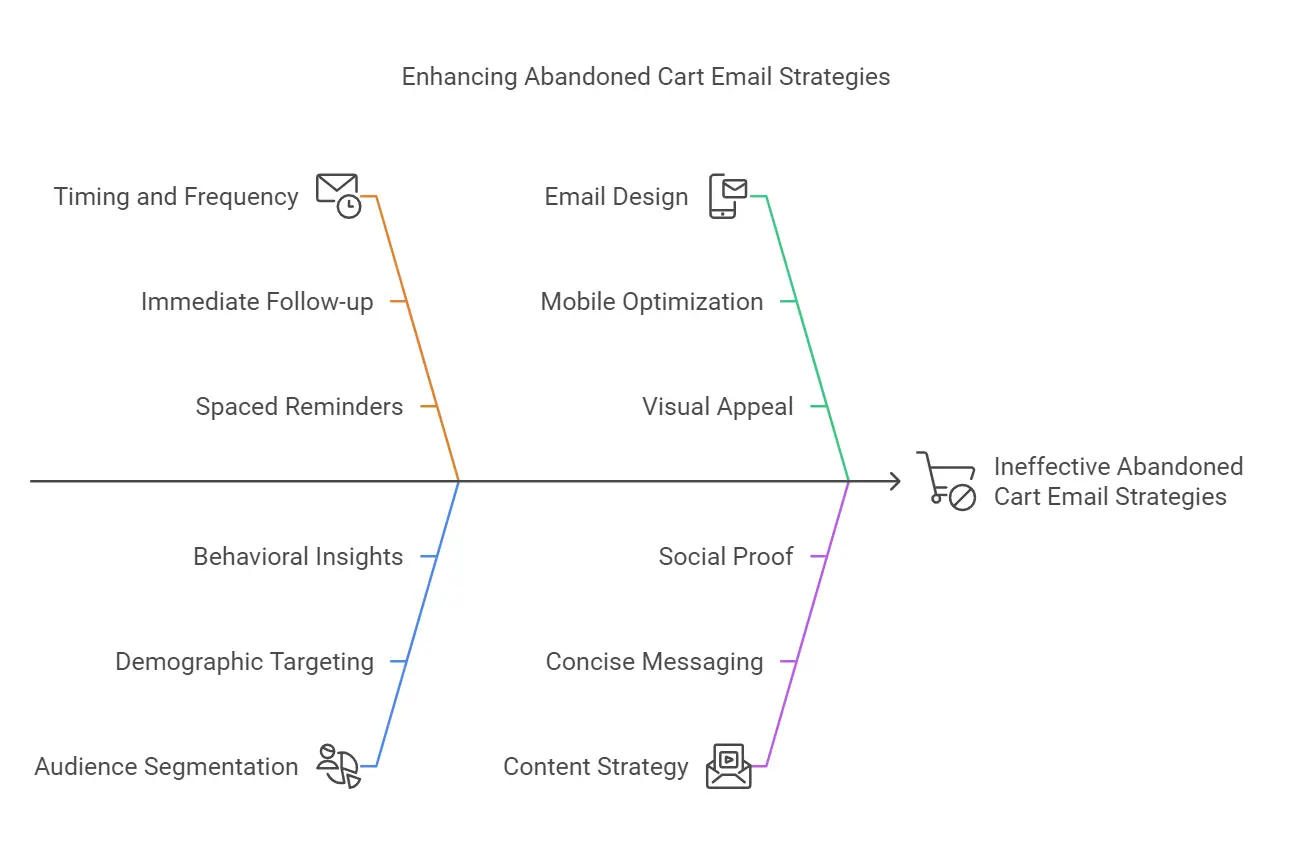
After recognizing the importance of abandoned cart sequences, the next step is to design an effective email strategy that addresses the nuances of cart abandonment. This involves careful planning around timing, audience segmentation, and adherence to best practices in email design.
Timing and Frequency of Reminders
Timing is a crucial element when it comes to capturing the attention of an abandoned cart shopper. Research suggests that sending an email within the first hour of abandonment can yield significantly higher open and conversion rates.
This prompt follow-up capitalizes on the shopper’s recent interest and helps jog their memory while simultaneously creating a sense of urgency. However, timing alone isn’t enough; the frequency of reminders should also be strategically considered. Sending a series of emails spaced out over a few days can serve to keep the abandoned items top-of-mind without overwhelming the consumer.
Crafting a schedule that includes one email shortly after abandonment, followed by subsequent reminders after 24 hours, and perhaps a final “last chance” email a few days later can help maintain consumer interest without coming off as overly aggressive.
Segmenting Your Audience for Tailored Messaging
Not all abandoned carts are created equal. Different shoppers may abandon their carts for a variety of reasons, which means that tailoring your messaging based on different segments can lead to more effective outcomes.
Segmentation could be based on several criteria: demographics, shopping habits, or even past interactions with your brand. For example, if a high-value customer abandons their cart, personalized messaging that acknowledges their loyalty may work wonders compared to generic reminders sent to new customers.
By segmenting your audience, you can hone in on the motivations of each shopper type and craft messages that directly address their needs and preferences. This level of customization encourages higher engagement rates and ultimately boosts the chances of conversion.
Best Practices for Email Design and Content
When it comes to the mechanics of your email, the design and content must align seamlessly to create a compelling user experience.
A clean, visually appealing layout can make a significant difference in how recipients interact with your emails. Use eye-catching product images and clear, legible fonts. Additionally, consider mobile optimization since many users will access their emails on smartphones or tablets.
Content, focus on concise yet persuasive language that guides the reader toward taking action. Incorporating elements like testimonials, reviews, or social proof can bolster the credibility of your offering, making it more enticing for the recipient.
Overall, adhering to best practices in both the design and content of your abandoned cart emails can enhance user experience and drive conversions.
Crafting Compelling Email Copy
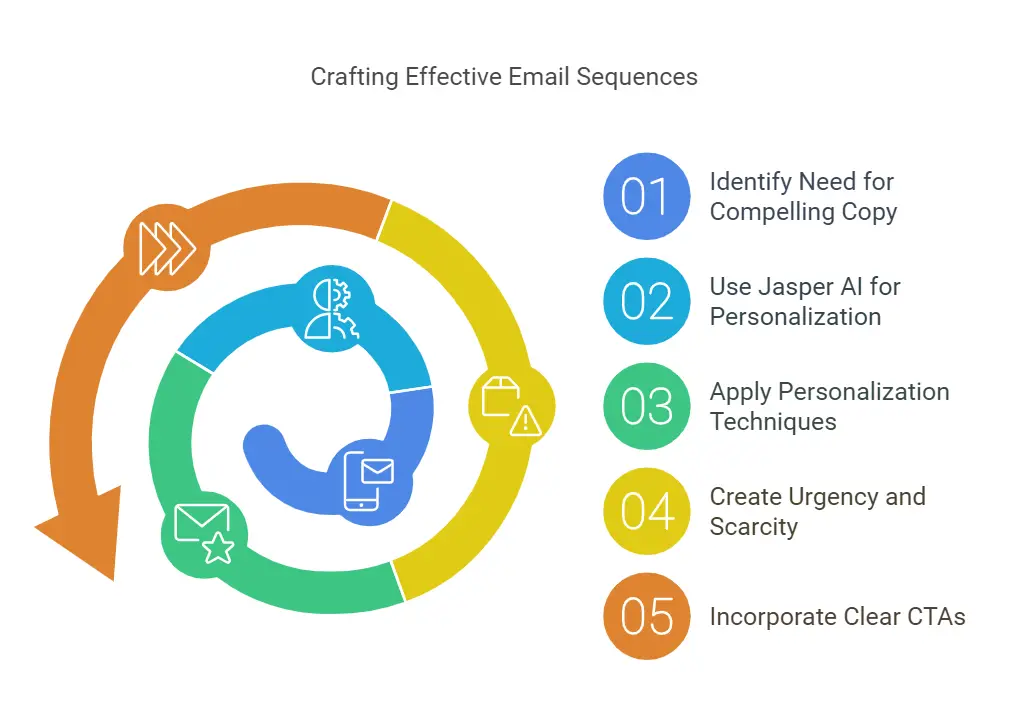
The heart of any successful email sequence lies in its copy. Crafting compelling email copy means balancing creativity with clarity, ensuring that every word drives readers closer to making a purchase.
To simplify the creation of personalized and persuasive email copy, tools like Jasper AI can be invaluable. They allow businesses to craft engaging, tailored messages quickly, ensuring relevance and impact. Jasper AI is a cutting-edge writing assistant powered by artificial intelligence. It helps businesses generate engaging, persuasive content effortlessly. From email copy to product descriptions, Jasper ensures high-quality, tailored messaging that connects with customers. For abandoned cart sequences, Jasper can assist in crafting personalized emails that address hesitations and encourage customers to complete their purchases.
Personalization Techniques to Increase Engagement
Personalization extends beyond simply adding the customer’s name to the subject line. It involves making each email resonate with the recipient on a deeper level.
Utilizing data from previous shopping behaviors can help generate tailored recommendations within the abandoned cart email. For instance, suggesting complementary products or highlighting similar items may entice the shopper back to complete their purchase.
Moreover, sharing insights related to the abandoned items, such as showing how many people are currently viewing the product or how many remain in stock, can further personalize the experience. This creates a sense of urgency and relevance, encouraging customers to reconsider their decision.
Creating Urgency and Scarcity
Creating a sense of urgency and scarcity is another powerful tactic that can compel customers to act swiftly.
Phrases like “Limited Time Offer” or “Only 2 Left in Stock!” evoke feelings of FOMO, prompting customers to complete their purchases before they miss out. Consider incorporating countdown timers in your emails that reflect limited-time discounts or promotions; this visual representation of time running out can effectively spur customers into action.
Balancing urgency with value is key. It’s not merely about pressuring the customer but rather motivating them to come back and take advantage of an opportunity that won’t last forever.
Incorporating Clear Calls-to-Action
The call-to-action (CTA) is arguably the most critical element of your email. If the CTA is unclear or unappealing, the likelihood of conversion diminishes dramatically.
Craft CTAs that are direct and action-oriented. Using phrases like “Complete Your Purchase Now” or “Claim Your Discount” can invoke immediate action. Ensure that your CTA buttons stand out visually against the rest of the email content, utilizing contrasting colors or bold text can make them pop.
Moreover, consider placing multiple CTAs throughout your email, especially if you have additional value propositions to share. This increases the chances of engagement and provides multiple entry points for the customer to return to their cart.
Utilizing Incentives to Boost Conversions
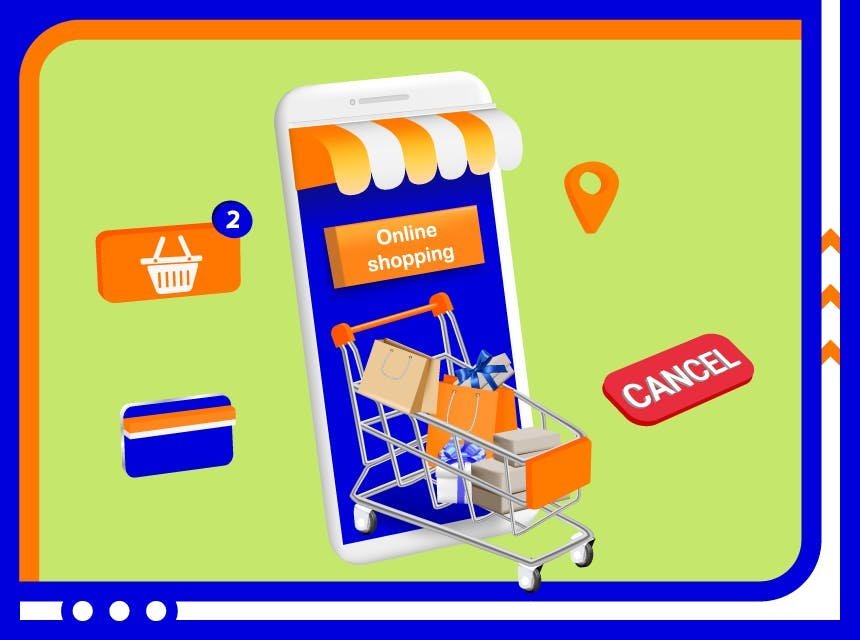
Incentives can serve as a powerful motivator when attempting to convert abandoned carts into completed sales. Offering something extra to entice the customer can tip the scales in favor of conversion.
Offering Discounts and Promotions
One of the most common incentives is the inclusion of discounts or promotional offers. A small percentage off their total order or a fixed amount discount can create a compelling reason for customers to finalize their purchases.
However, it’s essential to frame discounts wisely. Rather than framing it as a discount off their current purchase, consider positioning it as a reward for returning to complete their order. This subtle shift in language can foster a positive sentiment and encourage customers to take action.
Providing Free Shipping Options
Shipping costs are often cited as a primary reason for cart abandonment. Offering free shipping can significantly diminish this barrier, turning indecision into conviction.
Consider using free shipping as an incentive either as part of a promotion or by setting a minimum threshold for qualifying orders. For instance, stating that they can receive free shipping on orders above a certain amount encourages customers to add more items to their cart, increasing overall sales volume.
Highlighting Value-Added Services
Sometimes, it’s not just about discounts or free shipping; it’s also about showcasing the added value of purchasing from your store. Highlighting services such as easy returns, warranties, or exclusive membership perks can set your business apart.
Educating customers about the advantages of your offerings can turn indecision into confidence. Customers want to feel valued, and understanding the benefits of completing their purchase can provide that motivation.
Analyzing and Optimizing Your Sequences
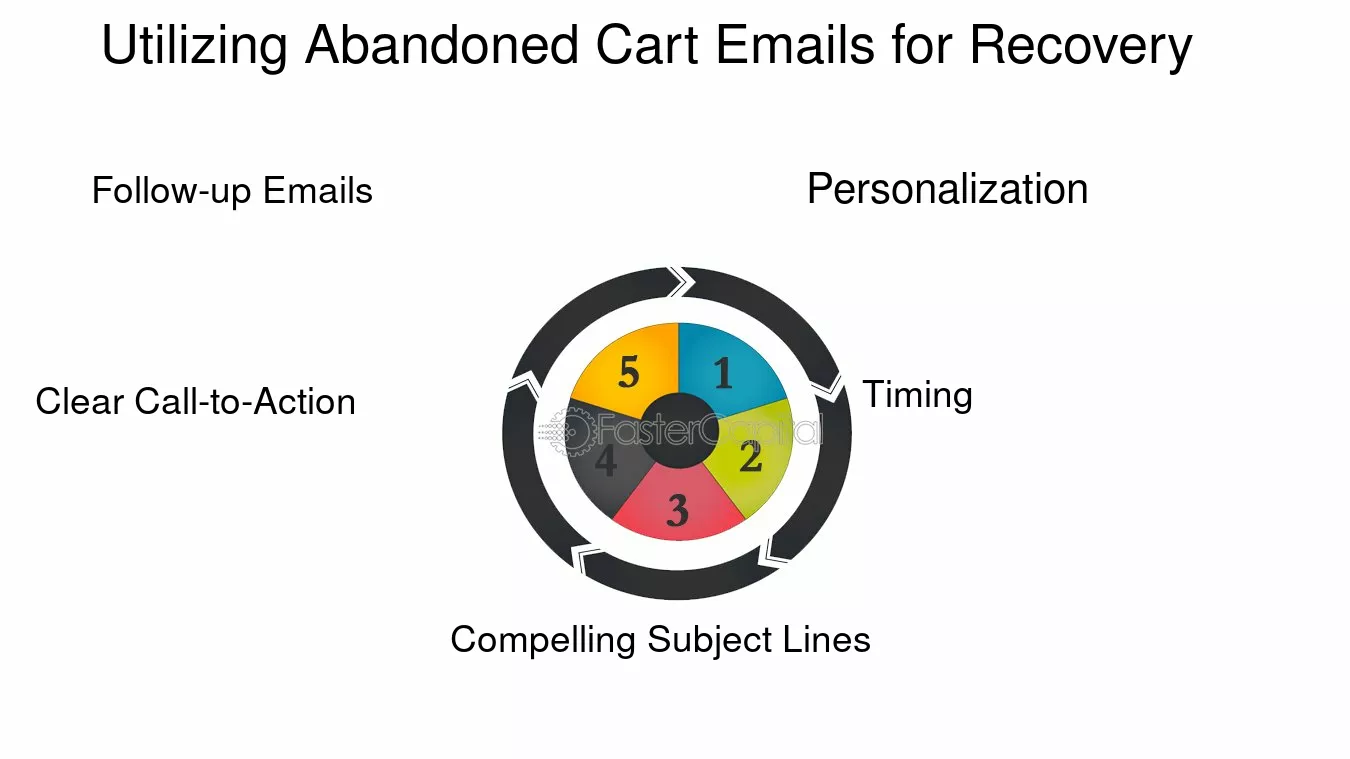
The implementation of abandoned cart sequences is only half the battle; continuous analysis and optimization are necessary to ensure that your strategies remain effective over time.
Key Metrics to Monitor Performance
Monitoring performance metrics is essential for identifying areas that need improvement. Various key performance indicators (KPIs) should be tracked, including open rates, click-through rates, conversion rates, and total revenue generated from each sequence.
Understanding how different emails perform can help refine your strategy over time. For instance, if you notice a particular email has a low open rate, consider experimenting with different subject lines or send times.
A/B Testing Strategies for Continuous Improvement
A/B testing is a valuable technique that allows you to compare two versions of an email to determine which performs better. Experimenting with different elements, such as subject lines, content layouts, or CTAs, enables you to glean insights into what resonates most with your audience.
For instance, you might test a version of your email that emphasizes urgency versus one that focuses on personalization. Over time, these incremental improvements can lead to significant enhancements in overall performance.
Learning from Customer Feedback
Customer feedback is an invaluable resource. Actively seeking out opinions from those who abandoned their carts can provide insights into barriers to purchasing.
Consider sending a follow-up survey after the recovery attempts. Ask customers directly why they didn’t complete their purchase and what could have motivated them to do so. This information can inform future strategies, allowing you to adapt your email sequences to better meet customer needs.
Successfully navigating the complexities of abandoned cart sequences requires a multifaceted approach that encompasses understanding consumer psychology, designing effective email strategies, crafting compelling copy, utilizing strategic incentives, and continually analyzing and optimizing your efforts. All of these components work synergistically to create a powerful tool that can significantly impact your bottom line.
By focusing on crafting high-converting abandoned cart sequences, businesses can transform potential losses into opportunities for growth and foster lasting relationships with their customers.
In Summary
In the dynamic landscape of e-commerce, mastering the art of abandoned cart recovery is essential for sustainable success. As we’ve explored, there’s no single strategy that guarantees results. Instead, it’s about understanding the diverse elements at play and continuously refining your approach to resonate with your audience.
Whether through personalized messaging, compelling incentives, or strategic timing, each aspect of your abandoned cart sequence should aim to reconnect with your customers on a meaningful level. Remember, the ultimate goal isn’t simply to recover sales but to enhance the customer experience, build trust, and create lasting loyalty.
By embracing these strategies and committing to ongoing learning and adaptation, you’ll position your business to thrive in an increasingly competitive market. Through meticulous attention to detail and a focus on customer-centricity, the art of crafting high-converting abandoned cart sequences can become a cornerstone of your success in the e-commerce realm.
